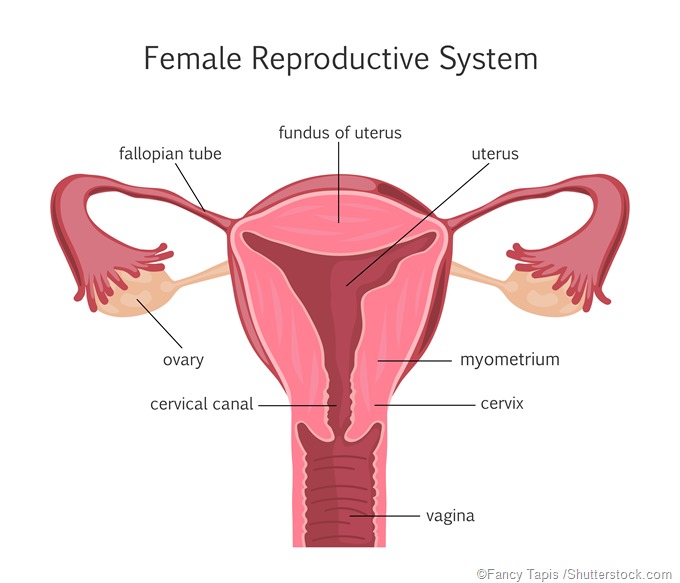Artificial Insemination
Artificial insemination (AI) or intrauterine insemination refers to a technique that is used to help infertile couples conceive. It is based on the insertion of sperm from a male, either the partner or a donor, into a woman’s womb, to facilitate fertilization of the woman’s ovum. Its purpose is to increase the number of sperm within the fallopian tube so that the odds that conception will occur are increased.

AI is therefore aimed at couples whose infertility is primarily due to mild male factor dysfunction. It was also used for unexplained mild infertility. Donor insemination is used when the male factor is affected so deeply as to make natural conception by the male partner impossible, as when there is azoospermia or severe oligospermia. In some cases, it is preferred when the offspring may be liable to inborn diseases carried on the Y-chromosome. A more recent use is for inseminating women who are lesbian but want to conceive.
Criteria
Though specific criteria may vary from country to country, in general six cycles of AI are offered for the following indications:
- Cervical mucus antibodies or other cervical factors which make the environment hostile to fertilization by normal intercourse
- Mild endometriosis
- Mild to moderate male factor infertility
- Unexplained infertility
- Physical or psychological factors make normal intercourse impossible
- Use of sperm which was collected and frozen for later use because of chemotherapy or radiation therapy
- High possibility of sexually transmitted disease makes it necessary to avoid natural conception
- Homosexual couples who desire to conceive using donor sperm
Benefits
AI is more useful in women who are not elderly (past 35 years, on average) because after that oocyte quality drops making fertilization less likely
Costs
While not as expensive as in vitro fertilization, AI can cost thousands of dollars per cycle when performed at private treatment centers.
Procedure
Before an AI, the woman’s internal organs are evaluated to ensure that the tubes are healthy and free of adhesions, in order for the sperms to move down them rapidly and freely and achieve fertilization. This may be by laparoscopy, hysterosalpingography, or hysterosonography with contrast.
AI may be performed following a natural ovulation or after inducing ovulation with ovary-stimulating medication. First ovulation is confirmed by ultrasound, a blood test, or home testing kits. Then the male partner is asked to provide a semen sample. The semen sample is processed to concentrate the motile sperm, and the final preparation is inserted through a fine catheter into the uterine cavity.
If donor sperm is used, frozen sperm is used, typically from a sperm bank. Careful counseling is needed beforehand to ensure that the offspring is accepted by both parents. The sperm provided by the donor will be screened for infections such as hepatitis B or hepatitis C, or HIV, which could be carried through the semen. Some genetically transmissible disorders will also be tested for. In addition, sperm from a physically compatible donor may be used by the bank on request.
Adverse effects
Pain is rare, though mild abdominal cramps or discomfort may be present because of the passage of the catheter. Rarely, some women have allergy to the ovarian stimulation medication. The multiple pregnancy rate is slightly increased.
Success
The conception rate following AI is estimated to be more than 50 percent when six cycles are used. It varies with:
- The age of the woman – Success rate per cycle is just under 16 percent for women under 35 years and nil for women above 44 years.
- Sperm count
- Sperm quality
- Fresh versus frozen and thawed sperm
- Precise identification of the ovulation period
References
- http://www.nhs.uk/conditions/Artificial-insemination/Pages/Introduction.aspx
- https://www.ncbi.nlm.nih.gov/pmc/articles/PMC4498171/
- http://umm.edu/health/medical/reports/articles/infertility-in-women
- https://www.britannica.com/science/artificial-insemination
Further Reading
- All Infertility Content
- Infertility – What is Infertility?
- What Causes Infertility?
- Infertility Prevalence
- Infertility Treatments
Last Updated: Aug 23, 2018

Written by
Dr. Liji Thomas
Dr. Liji Thomas is an OB-GYN, who graduated from the Government Medical College, University of Calicut, Kerala, in 2001. Liji practiced as a full-time consultant in obstetrics/gynecology in a private hospital for a few years following her graduation. She has counseled hundreds of patients facing issues from pregnancy-related problems and infertility, and has been in charge of over 2,000 deliveries, striving always to achieve a normal delivery rather than operative.
Source: Read Full Article
